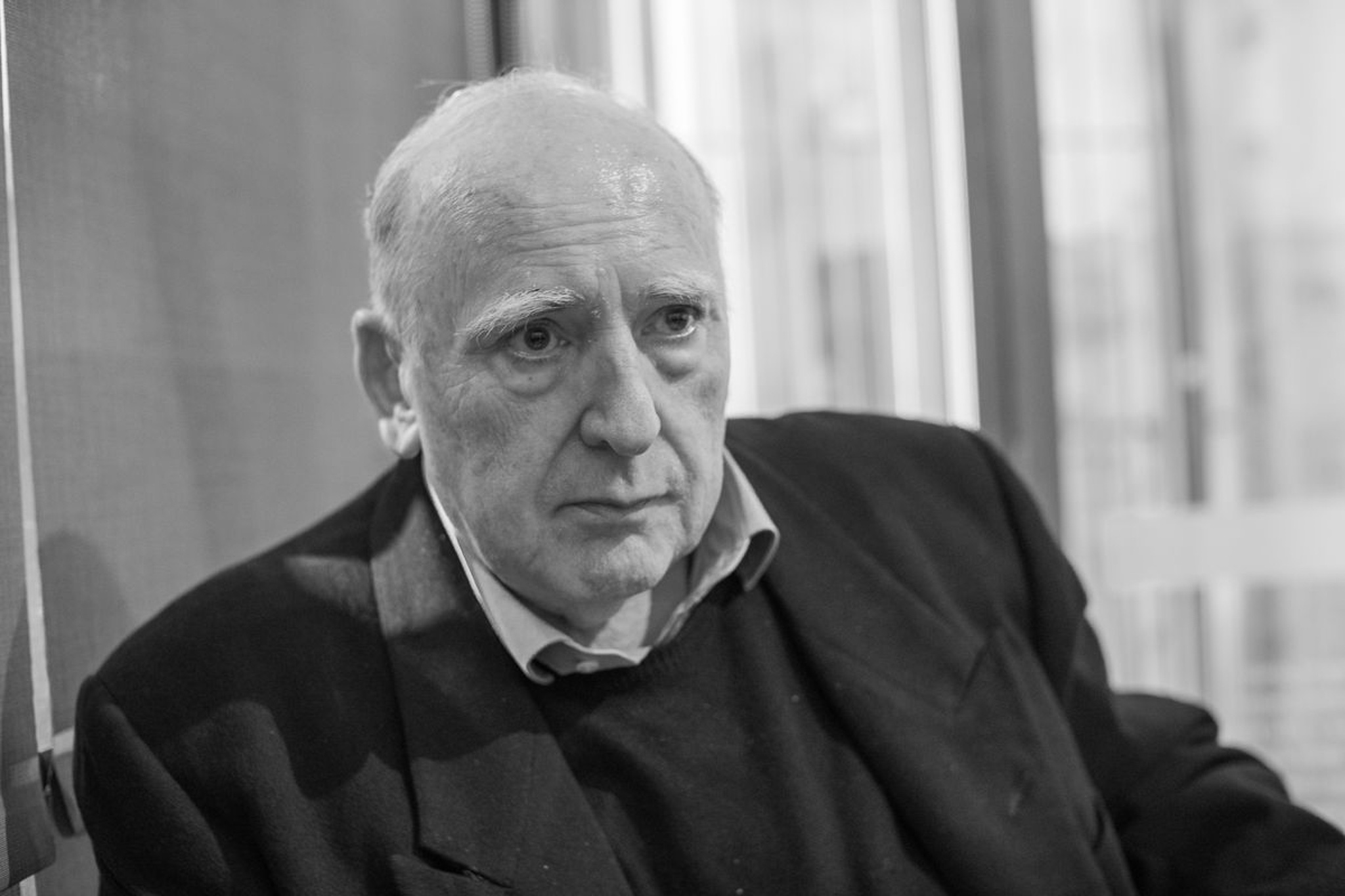<< Back to Lion homepage
Obituaries
Allan Coulstock Powell (OW1963)
25/09/1945 - 24/03/2022
Wesley’s amazing community of architects will be saddened by the loss of a great contributor to Melbourne’s restaurants, public spaces and brilliant domestic interiors culture. From designing beautiful homes and inspiring dining spaces, through to the exciting Tarrawarra Museum of Art in Healesville, Allan will be remembered for his understanding of ‘classic Melbourne’ and his ability to enhance or create with style and permanency.
 Growing up in nearby St Kilda, Allan was the only member of his family to attend Wesley but was quite at home in 7A under Chesterfield in 1958 with names like Jack Ayerbe (OW1963) and Leigh Treyvaud (OW1963). In those years, Allan was always drawing the American cars of the era - big tail fins and plenty of chrome!
Growing up in nearby St Kilda, Allan was the only member of his family to attend Wesley but was quite at home in 7A under Chesterfield in 1958 with names like Jack Ayerbe (OW1963) and Leigh Treyvaud (OW1963). In those years, Allan was always drawing the American cars of the era - big tail fins and plenty of chrome!
At a time when Buddy Holly played loudly over the speakers down at St Moritz, Friday nights would see Allan and Leigh ice-skating while enjoying the music. Allan went on to row in the Thirds and finished in the SIXTH E under Ken Merry in 1963. Allan’s language and the intensely creative way in which he viewed the world is captured by RMIT’s Emeritus Professor, Leon van Schaik:
“Primarily interested in the states of mind into which his designs could set people, Allan Powell pursued a singular path in architecture. He was delighted when told that architect visitors from Europe, who sat in St Kilda’s Di Stasio restaurant in 1988 not long after it opened, took an hour to realise that the beguiling interior had been designed. (Exactly what Powell had hoped for when he had designed it!)
Photography by John Gollings, AM
Explaining this, he talked of his childhood in St Kilda – he was ‘lost in amazement at the way in which the late afternoon sun would pick up the wide tarmac surface of Fitzroy Street and match this with the surface of the bay, shimmering gold beyond.’ Further: ‘At Luna Park, I would walk through a turquoise wall into a yellow room, step onto a red platform and encounter a toy train. The dislocation of and the extreme sensate stimuli created an environment in which all functionality seemed lost. I determined that effects such as these that crowded in on me from all sides in my childhood were what architecture was about.’
In this belief, Powell created a body of work much admired by clients and lay cognoscenti as well as colleagues in Europe, if seldom acclaimed by the local architectural establishment. He rather liked being on the outer, describing with some delight how other architects looked at his buildings and could not see anything there. He relished too, the concealment of the details that often-delineated works in which other architects prided themselves.
He sought ‘surprise, to dislocate reason to dumb down arousal...to enable us to see new patterns: poetry, theatre and architecture present multi-meaning states…’ He wanted entering one of his buildings to be like stepping onto a boat and thus embarking – with a mental steadying of your footing – on ‘dream-like states in which detail is acute but slippery.’ Of the entry to Tarrawarra Museum of Art (2003), he said: ‘You are confronted by a gently curving wall… Nothing there…’
He abjured plan types: ‘I don’t know what a house is...’ claimed this designer of many of the most wonderful houses in Melbourne – among them, the Di Stasio House (1993) and the Davies House (2003). He might have said the same for his public buildings, which include two buildings for RMIT University: Building 94 (1996) and the Bundoora West Lecture Theatre (2013). Much loved, they too deal in ‘states of mind’. He wanted each work to be a ‘masque or tableau made of the highlight from a car, a pile of wood, a puddle, the sun’s setting rays…’
Allan Powell created a very particular architecture, one that Australia will do well to cherish.”
Contributed by author, Emeritus Professor Leon Van Schaik
This article was originally published on ArchitectureAU.com
